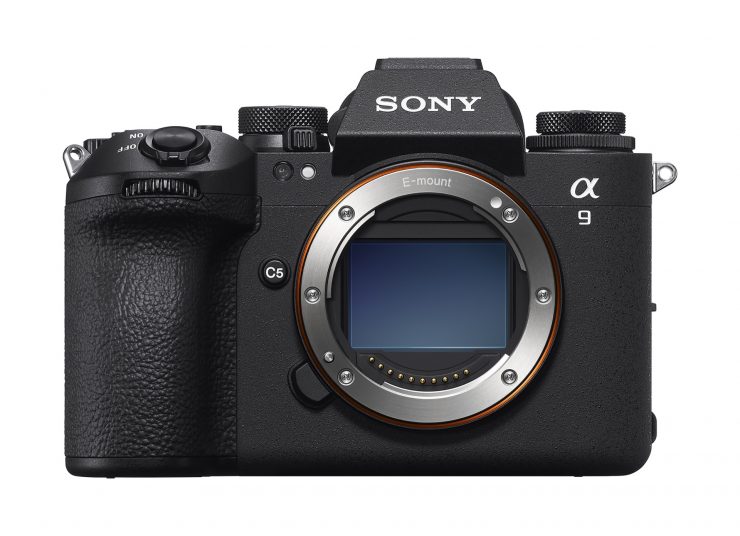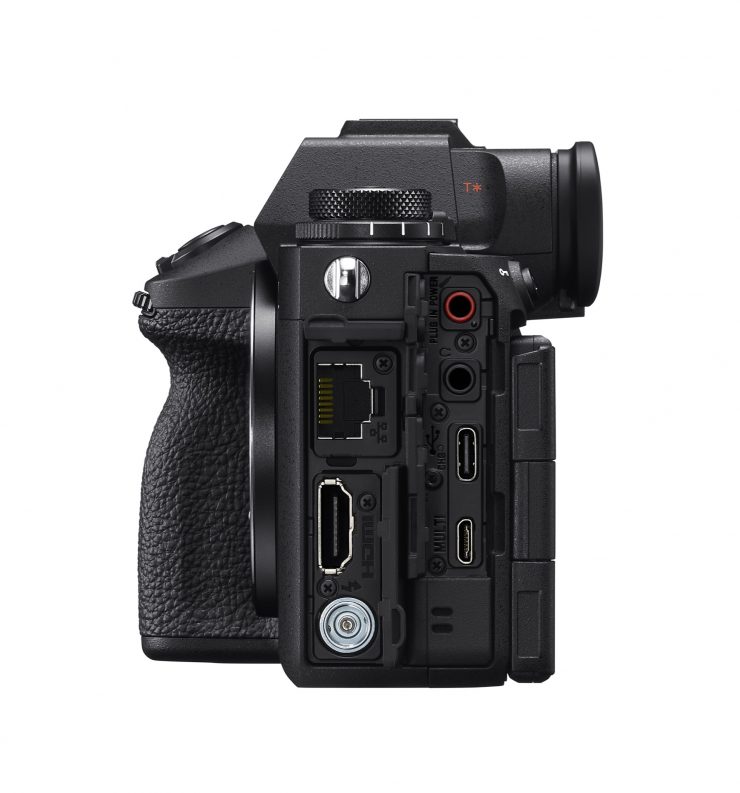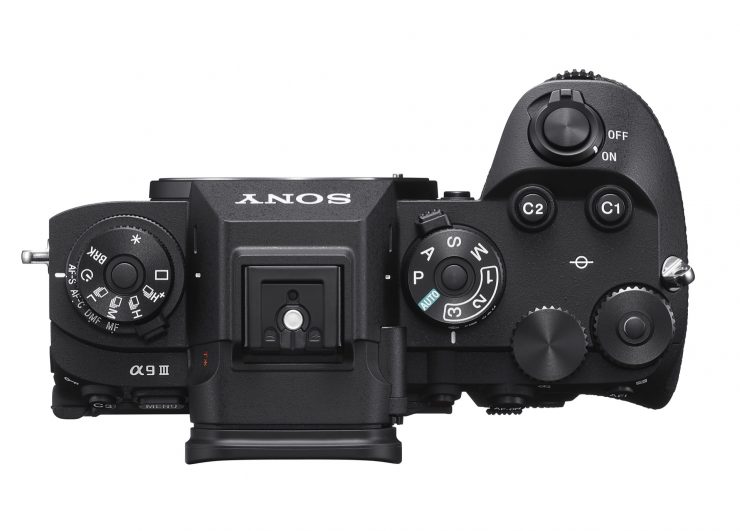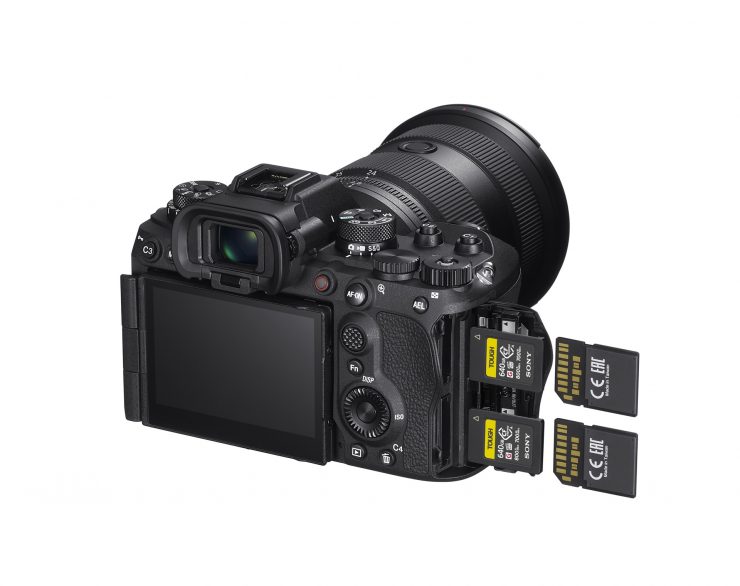Sony Electronics today introduced the Alpha 9 III camera with the world’s first full-frame global shutter image sensor in a mirrorless hybrid. This is a big deal especially if you shoot fast-moving subjects. Sports photographers will finally get distortion-free images, and videographers won’t have to deal with the dreaded jello issues when panning. It’s a big win for all!
While technically it isn’t the world’s first full-frame global shutter image sensor, it is the first one to actually be available in a camera. Canon announced its LI5030SA 35mm full-size 19-megapixel sensor equipped with a global shutter that exposes all pixels simultaneously earlier in the year, however, that is yet to find its way into any camera that you can buy.
The LI5030SA has a pixel pitch of 6.4μm, and Canon claims that this sensor is able to achieve high dynamic range and low noise. The physical size of the sensor is 5688 x 3336 and it is capable of capturing up to 57.99fps in 12-bit, or 60fps in 5688 x 3240.
Key features
- 24.6MP Full-Frame Global Shutter Sensor
- Up to 120 fps Cont. Shooting with AF/AE
- Pre-Capture Function; Speed Boost Button
- Flash Sync at up to 1/80,000 Sec.
- 4K 120p 10-bit Video; S-Log3 & S-Cinetone
- 759-Point Phase-Detect AF with Tracking
- 8-Stop 5-Axis In-Body Image Stabilization
- 9.44m-Dot EVF with 240 fps Refresh Rate
- 3.2″ 2.1m-Dot 4-Axis Touchscreen LCD
- Dual CFexpress Type A/SD Card Slots
The newly developed global shutter image sensor exposes and reads all pixels simultaneously, unlike a rolling shutter sensor that records images sequentially from the top row of pixels to the bottom. The global shutter full-frame image sensor enables the camera to shoot at burst speeds of up to 120 frames per second with no rolling shutter distortion or camera blackout. This sensor is combined with Sony’s latest AF (autofocus) system, which uses AI to make up to 120 AF/AE focus calculations per second, with the added ability to sync flash at all shooting speeds. Speaking of flash sync you can use it up to the camera’s highest shutter speed which is an insane 1/80,000 Sec (1/16,000 second during continuous shooting).
This allows flash to be used for extra subject illumination when shooting outdoors in bright daylight with a high shutter speed, reducing the need for large lighting setups. This is great news for photographers who do flash photography.
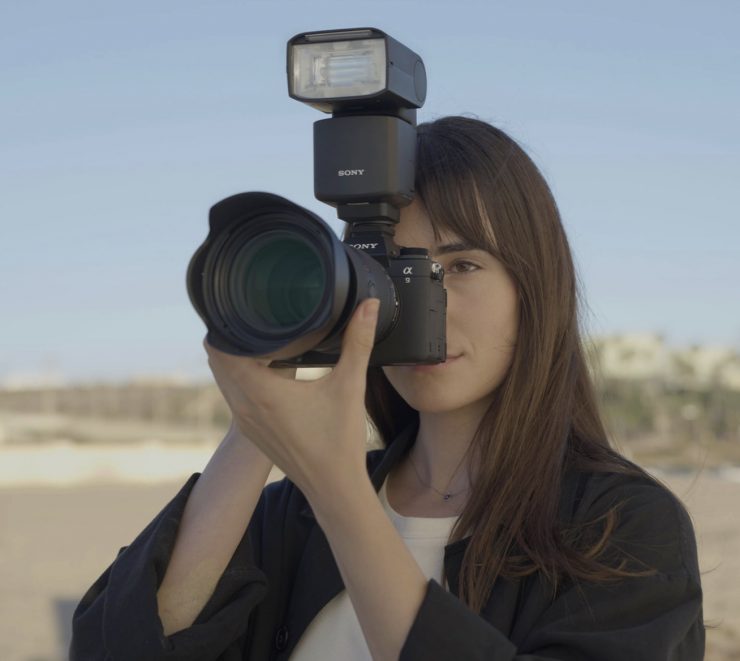
You can use a compatible flash unit from Sony (such as the HVL-F60RM2 or HVL-F46RM) to be able to synchronize at all shutter speeds, eliminating the steep, nonlinear drop-off in illumination that occurs with high-speed sync (HSS) and ensuring even illumination across the image.
Advanced Performance Without Distortion
The global shutter image sensor is claimed to provide distortion-free image expression for videos as well as still images. Having a global shutter allows a user to shoot images of a fast-moving vehicle, such as a car or fast-moving subjects, without any distortion or line bending that can be an issue with cameras that use a rolling shutter CMOS sensor. A global shutter will somewhat limit its dynamic range and low-light capabilities, but it should still be sufficient for most users in both of those areas.
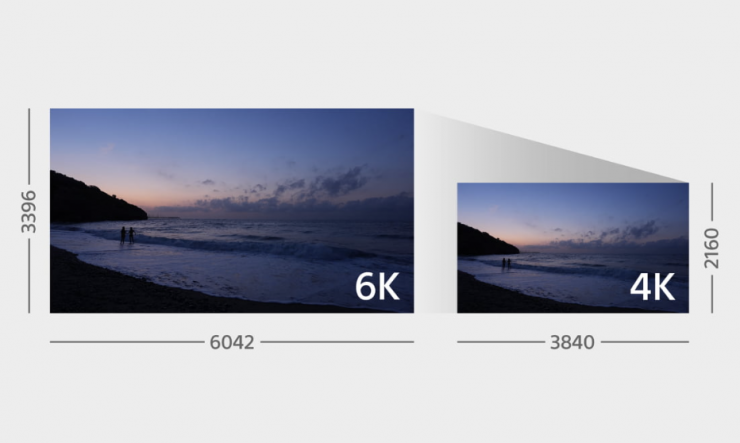
This Alpha 9 III is the first in the Alpha series to be able to record 4K 120p high-frame-rate video without cropping. It is also possible to shoot 4K 60p videos with 6K oversampling.
The Alpha 9 III also incorporates S-Cinetone, which is a Rec.709 picture profile that was originally created through the development of the VENICE cinema camera and it is an option you can use if you prefer to bake in a look to your recording instead of shooting Log.
Speaking of Log, the Alpha 9 III can record in S-Log3, and it has the ability for the user to load up their own LUT (via a CFexpress Type A card.
The Alpha 9 III is also compatible with the upcoming Monitor & Control app that will be available in December.
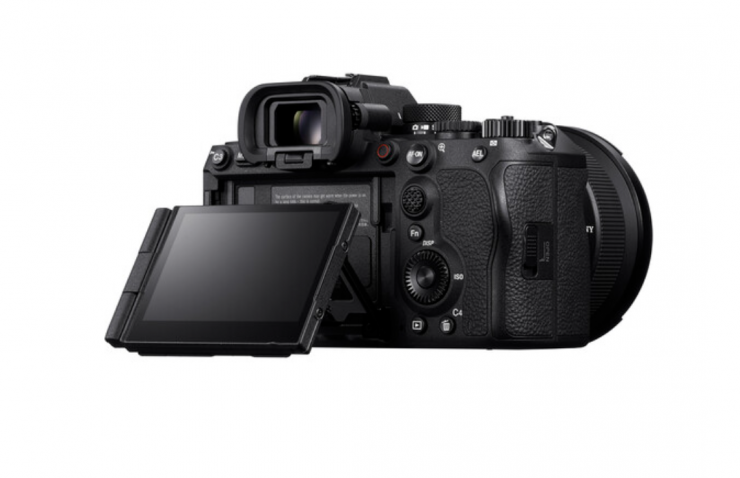
The Alpha 9 III tips the scales at 1.4 lb / 617 g (Body Only) and it has physical dimensions of 5.4 x 3.8 x 3.3″ / 136.1 x 96.9 x 82.9 mm.
Video Specifications
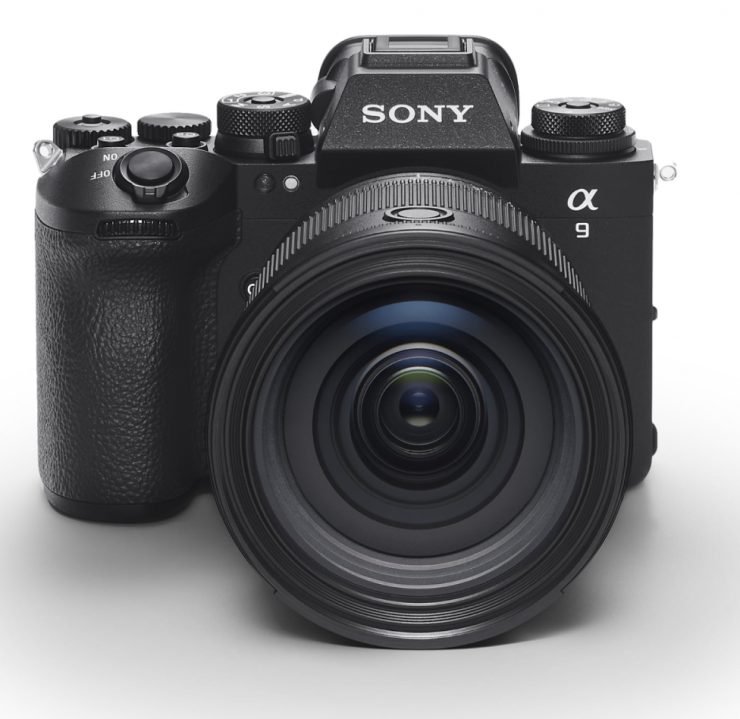
Just like a lot of Sony Alpha cameras, the Alpha 9 III can record in XAVC S or AVCHD. You can record up to 120p in UHD in 4:2:2 10-bit at a maximum bitrate of 600 Mb/s. What is nice is that you can capture UHD 120p without any sensor crop.
XAVC HS/XAVC S/XAVC S-I 4:2:2/4:2:0 8/10-Bit
UHD 4K (3840 x 2160) at 23.98/25/29.97/50/59.94/100/120 fps (30 to 600 Mb/s)
1920 x 1080 at 23.98/25/29.97/50/59.94/100/120 fps (16 to 222 Mb/s)
Raw 16-Bit via HDMI
4672 x 2628 at 23.98/29.97/59.94 fps
4:2:2 8-Bit via HDMI
UHD 4K (3840 x 2160) at 23.98/25/29.97 fps
1920 x 1080 at 23.98/50/59.94 fps
1920 x 1080i at 50/59.94 fps
MOVIE FUNCTIONS
Audio Level Display, Audio Rec Level, PAL/NTSC Selector, Proxy Recording (1280 x 720 (Approx.9Mbps)), TC/UB (TC Preset/UB Preset/TC Format/TC Run/TC Make/UB Time Rec), Auto Slow Shutter, REC Control, Clean HDMI Info. (ON/OFF selectable), Gamma Disp. Assist
There is no nasty recording length duration when using the camera.
As you would expect, there are no anamorphic or open-gate shooting modes on the Alpha 9 III. While it is certainly a capable video camera, the Alpha 9 III is primarily targeted at high-end sports and wildlife photographers.
While there is nothing wrong with having a global shutter for shooting video, most modern-day cameras have very low amounts of rolling shutter. It does, however, depend on what you are shooting, but we have been able to work with rolling shutter CMOS sensor cameras for many years now, and unless you are doing very quick whip pans at 23.98,24,25p, etc. not having a global shutter camera is hardly a big deal. I think most users would take the increased dynamic range and low light capabilities a rolling shutter CMOS sensor offers over a global shutter.
Sensor
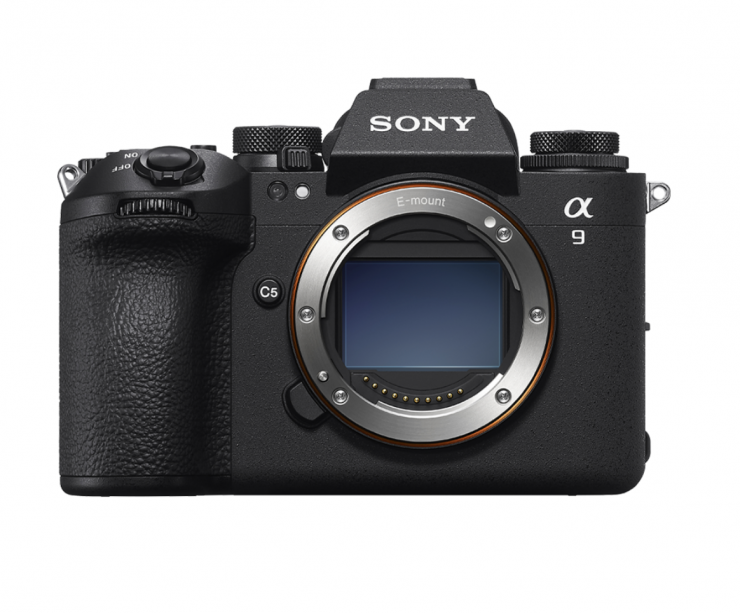
The Alpha 9 III uses a newly developed global shutter full-frame stacked CMOS image sensor with approximately 24.6 effective megapixels and built-in memory. When combined with the latest image processing engine BIONZ XR, the Alpha 9 III achieves blackout-free Continuous Shooting Speed with AF/AE tracking of up to approximately 120 fps.
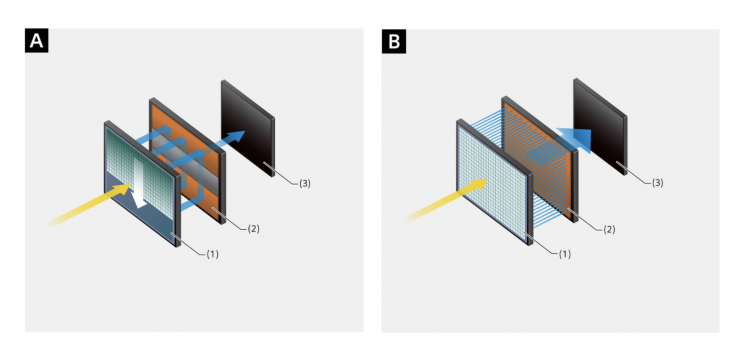
(1) Pixel area (2) Hi-speed signal processing circuit (3) Image processing engine.
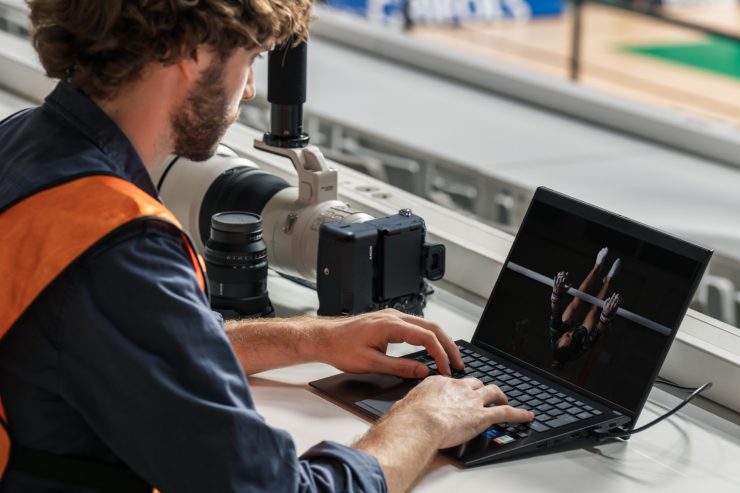
The AI processing unit in the Alpha 9 III allows for Real-time Recognition AF and Real-time Tracking providing a significant improvement in human eye recognition performance, allowing the camera to automatically recognize, track, and focus on the eyes of a specified subject.
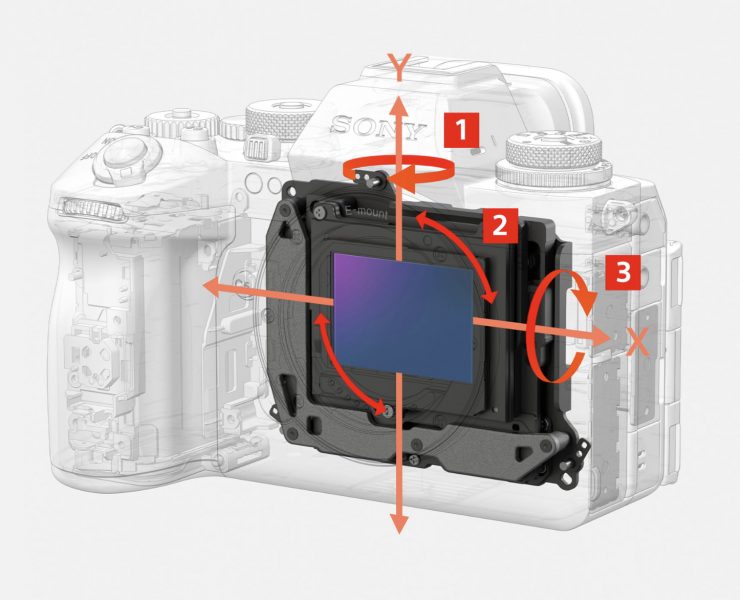
Sony states the Alpha 9 III is equipped with 8.0 stops of optical 5-axis in-body image stabilization.
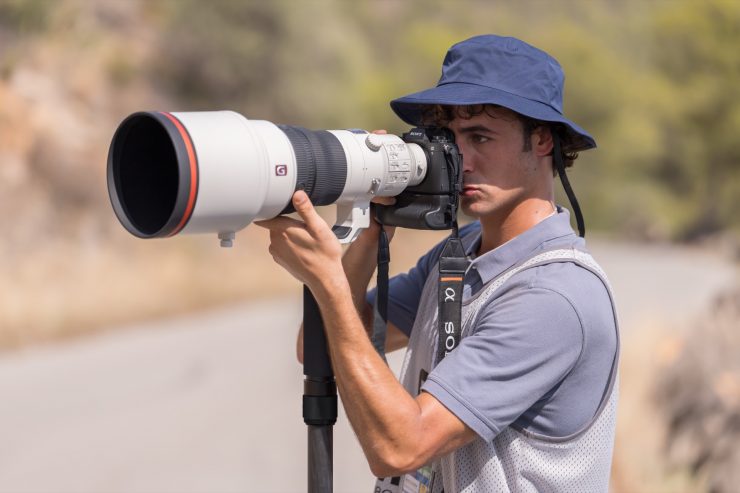
The Alpha 9 III also features selectable release lag modes, which allows the user to prioritize release lag or viewfinder/monitor display. The newly developed Pre-Capture function allows the camera to continuously record up to one second before the shutter is released, making it easier to capture moments that would otherwise be missed. When selected, the Continuous Shooting Speed Boost function allows for the user to change to a faster, preset speed set by the user at any time during shooting, and enhanced burst stamina ensures that important moments are reliably captured due to a large buffer memory and increased overall system speed allow up to approximately 390 Fine JPEG images to be captured in one continuous 30 fps burst.
Customizable focus areas have been expanded to include from XS to XL in addition to the previous S, M, and L sizes. The Preset Focus/Zoom function allows preset focus and zoom settings to be memorized in the camera for quick recall when needed. In addition to the existing custom white balance frame size, the user can now select other sizes as needed which allows for fine white balance adjustment after an image has been composed. The Alpha 9 III has upgraded features such as the latest AF algorithms to achieve high AF precision down to light levels as low as EV-5 in AF-S mode (ISO 100 equivalent, F2.0 lens), AF tracking for continuous shooting at F22 and a composite RAW shooting function that gives the ability to combine multiple consecutive images into a high-quality composite.
Playback image filter
Other new features for the Alpha 9 III include a playback image filter that allows the user to select a large number of images using high-speed continuous shooting and a function menu that can be used even during image playback.
The “Playback Function Menu” can be assigned in advance so the user can perform protection, smartphone transfer, File transfer protocol, etc. during image playback. The user can select images narrowed down with a playback filter and play them from the function menu.
The camera has a dedicated microphone for voice memos on the back. The recorded audio data can be transferred via FTP along with the images. The camera allows the user to set up to 20 presets from the International Press Telecommunications Council (IPTC), an international consultative body in which news organizations from various countries participate.
The Alpha 9 III can transfer data up to twice as fast as the Alpha 9 II. 5 GHz communication offers maximum speed and stability for news and sports shooters who need to deliver immediately via FTP, as well as for studio environments. The Alpha 9 III allows stills and movies to be recorded to memory media in numerous ways, including the two media slots that support CFexpress Type A cards as well as UHS-I and UHS-II SD cards.
A lot of readers are probably wondering why Sony continues to stick with CFexpress Type A cards as well as UHS-I and UHS-II SD cards. Well, it is probably for a couple of reasons. The physical size of the camera is fairly small and it wouldn’t have been possible to use dual CF Express Type B slots. The smaller-sized CFexpress Type A cards also generate less heat. Given the recording capabilities of the camera there arguably was no real reason to use any other type of faster media.
Firmware Updates for the Alpha 1 & Alpha 7S III Models
In addition to the release of Alpha 9 III, Sony has announced new firmware updates for the Alpha 1 and Alpha 7S III full-frame mirrorless cameras. The new software will provide both models with some of Sony’s latest imaging technologies, including the highly requested Focus Breathing Compensation feature, IPTC and FTP workflow enhancement, and C2PA format support.
The firmware will also update the Alpha 1 with Relay Playback and the Alpha 7S III with DCI 4K 24.00P shooting format. The camera software update will be available in Spring 2024.
Pricing & Availability
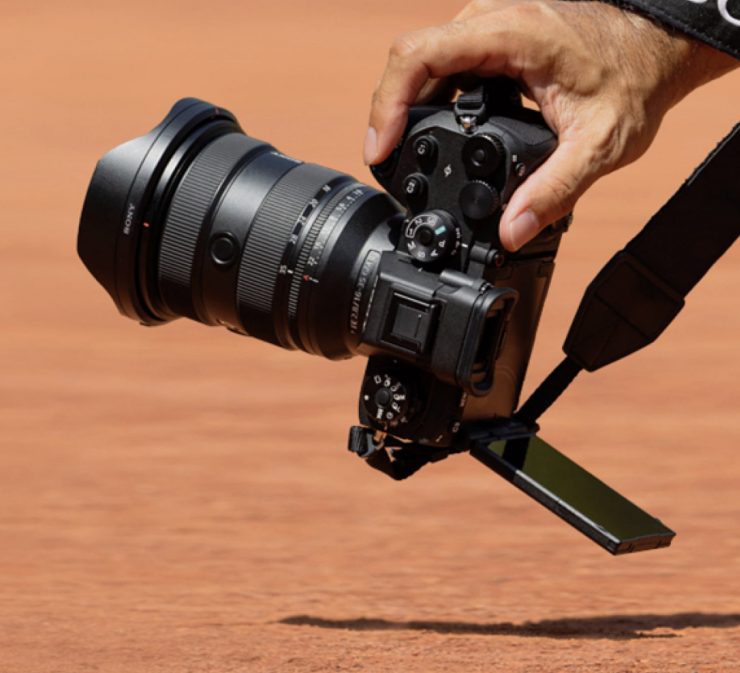
The Alpha 9 III camera is available for pre-order on Nov. 8, 2023, for a suggested retail price of $5,999.99 USD and $8,299.99 CAN.

